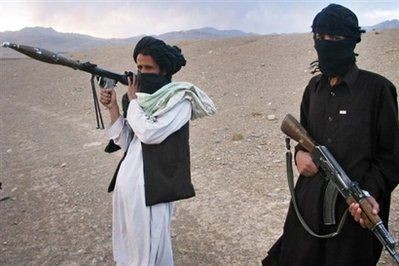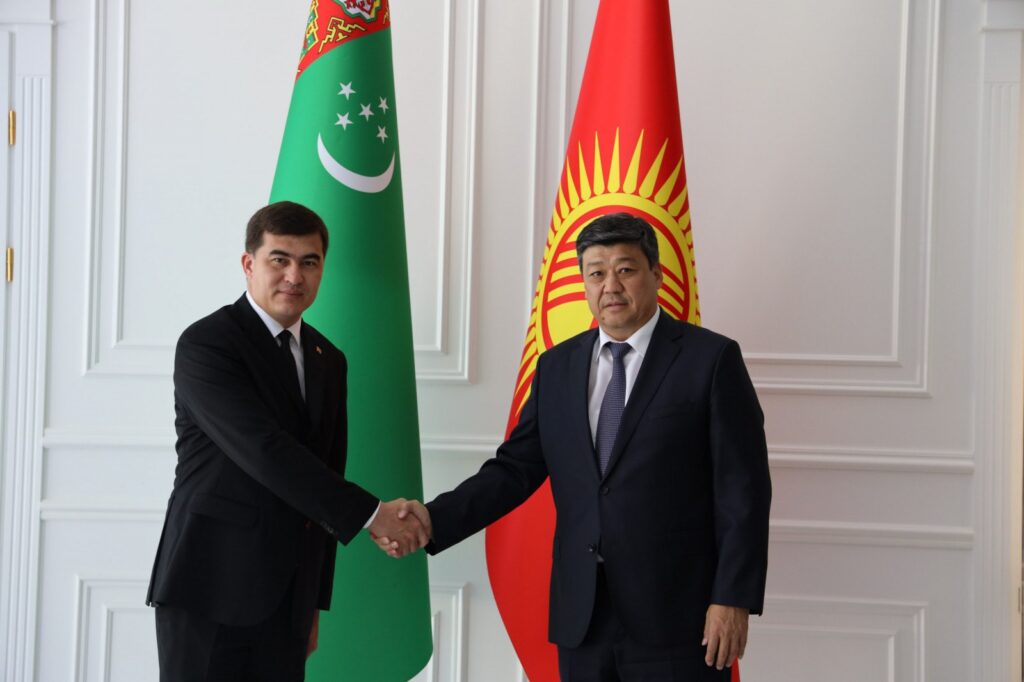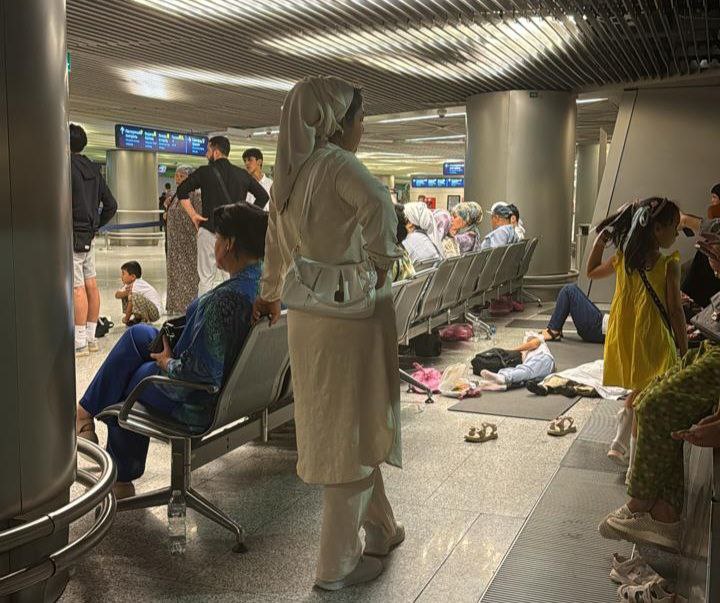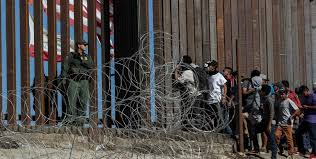OSH, Kyrgyzstan (TCA) — Russia’s sudden move to draw down its military presence in Syria has put some cards on the table regarding Central Asia’s exposure to Daesh terror in months if not years to come. As long as things stay as they are, the scenario will be limited to occasional threats demanding preventive measures to thwart “incidental” attacks. Ironically, the eventuality of Daesh being swept out of Syrian and Iraqi territory could drive tens of thousands of “fighters”, armed to the teeth and experienced in battle, to Afghanistan and northern Pakistan, capable of carrying out full-scale military campaigns towards the north. This will involve military capabilities that are not available in the states of the region.
Daesh, also known as ISIS (Islamic State of Iraq and Syria), ISIL (Islamic State of Iraq and the Levant) or simply IS (Islamic State), is fighting with its back against the wall in the Near East. Is the eventuality of restoring state order on the territories it occupies within reach? Once Daesh is beaten where the tens or perhaps hundreds of thousands of surviving renegades will go? Some say they will form a world-spread underground movement after the example of Al-Qaeda, but then Daesh is too numerous for that. Others think it will look for a new domain, possibly into Africa – or most likely into Central Asia.
The horror scenario under apocalyptic headlines was already announced in the English tabloid Daily Express on October 30 last year: “ISIS jihadis MASSING for huge INVASION of central Asia: Russia spies discover terror plan. RUSSIAN intelligence officers claim Islamic State is preparing to take on Central Asia in its latest battle to take on the world in a frightening discovery”. Again in early January this year, the paper published a rather alarming overview of territories, including a map which shows that the Taliban and allied forces have established themselves over nearly half of Afghanistan. According to the map, the Taliban appear to control about half of Afghanistan, including almost the entire central south, northwest and northeast. Daesh/ISIL forces appear to control smaller pockets here and there in the country, most of which are located in the northwest and the central east. In a number of areas, Taliban- and ISIL-controlled territories overlap.
Foreign ‘fighters’
According to American commanders in Afghanistan, the number of “fighters” on behalf of the ISIS, or Daesh, in all of Afghanistan as of early spring this year amounted to some 3,000 in the worst estimate. Other estimates speak of 4,000 and up to 7,000 “fighters” in position on the northern frontiers of Afghanistan. Whether these consist of Daesh, Taliban or combined forces remains unclear. There have been reports of infighting between the two forces in various parts of Afghanistan and across its border with Pakistan. But if faced with a common enemy or a common goal, such differences could easily be forgotten.
‘Virtually defenceless’
Lately, Afghanistan’s President Ashraf Ghani announced that government forces had “ousted” the entire Daesh forces from the country, following a three-week battle over the Achin and Shinwar districts of the province of Nangarhar in the central east which borders Pakistan. Irrespective of Ghani’s “victory” announcement there are reasons to consider such assessments to be handled with caution. The clout ISIS has, directly and by proxy, in Afghanistan and former Soviet republics to its north should be considered a lot larger than a single battle on a single front can decide – even disregarding the Afghan government forces’ shortcomings in terms of expertise and equipment.
Central Asia
What is true for Afghanistan is also valid for its neighbours to the north. Only Kazakhstan and Uzbekistan have armies to speak of but their power may be insufficient to stop a massive assault from the south if the Daily Express’s prediction should come true.
Kyrgyzstan, Tajikistan and Turkmenistan are virtually defenceless. Thus, Kyrgyz former MP Omurbek Abdyrakhmanov was quoted in a recent interview with the local news agency 24.kg as spelling a cloud of threat over the country mentioning one incident in Batken in the isolated extreme southwest of Kyrgyzstan, in which the Kyrgyz armed forces lost 30 soldiers in dealing with “just a few terrorists”.
Two possible scenarios
In a mid-term, Central Asia’s fate in terms of terror threats seems indeed directly and intensely linked to developments in the eastern parts of the Mediterranean region. Should allied forces, including US and Russian ones on the ground, together with local legitimate governments succeed in eradicating the Islamic State once and for all, there are basically two possible scenarios: either the Daesh movement goes underground, haunting the entire world with terrorist attacks, or it moves its troops to seize power on the surface of a new territory. In the second case, Central Asia looks like the most obvious pick, its grounds being better prepared for the relocation of the “caliphate” than any other spot on the globe. In Central Asia Daesh can certainly come to terms not only with the Taliban but also other existing terrorist groups such as Tablighi Jamaat, based in Kazakhstan, and the Islamic Movement of Uzbekistan. Both of them have claimed several bomb attacks, and openly adhere to Daesh.
Afghanistan
The suppression of Daesh as a military factor in Syria and surrounding states, however, could boost the number of “fighters” in Afghanistan from thousands to tens of thousands and the danger for its northern neighbours overnight. It could trigger the need for all-out warfare rather than present-day “security” exercises within months if not days. And it looks as though the remaining American forces in Afghanistan and the nearby military powers Russia and China should probably reconsider their security strategy.







